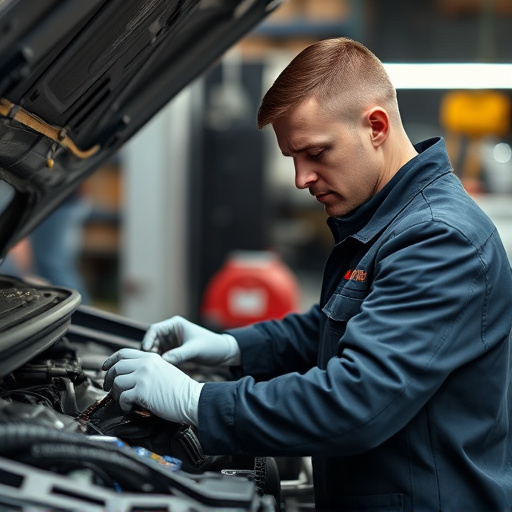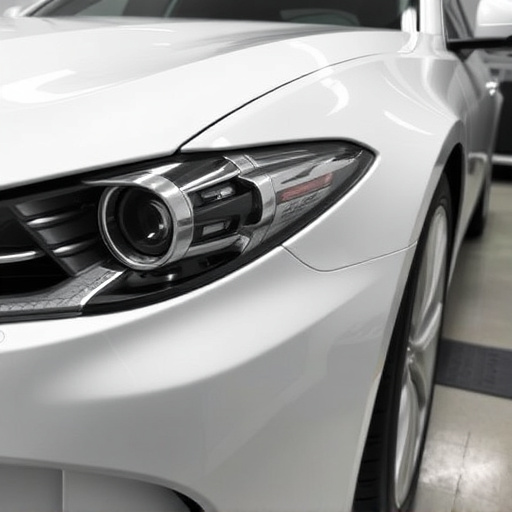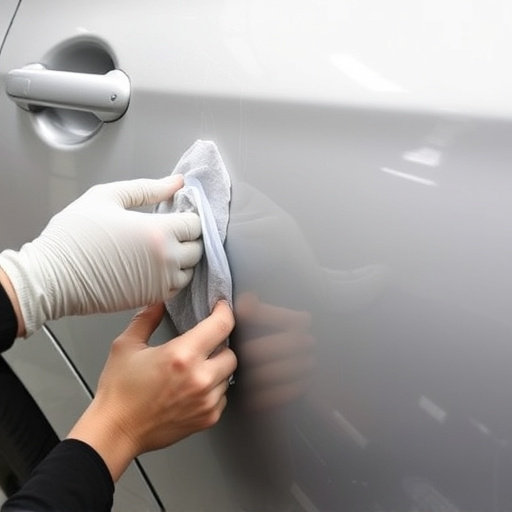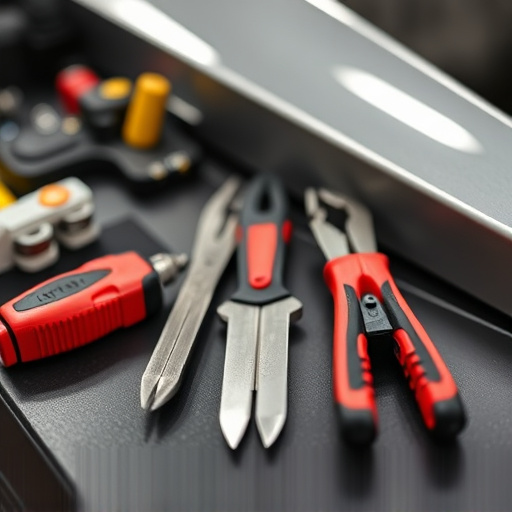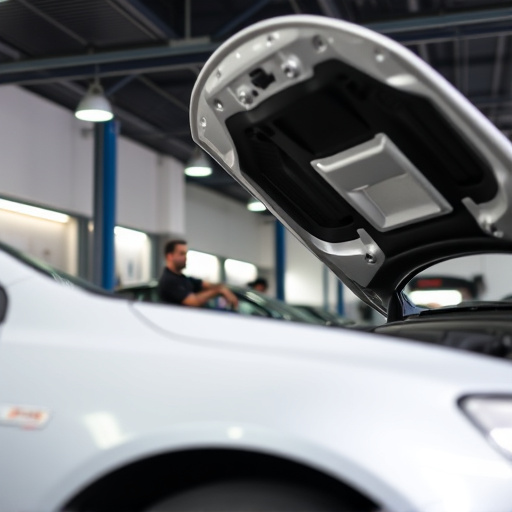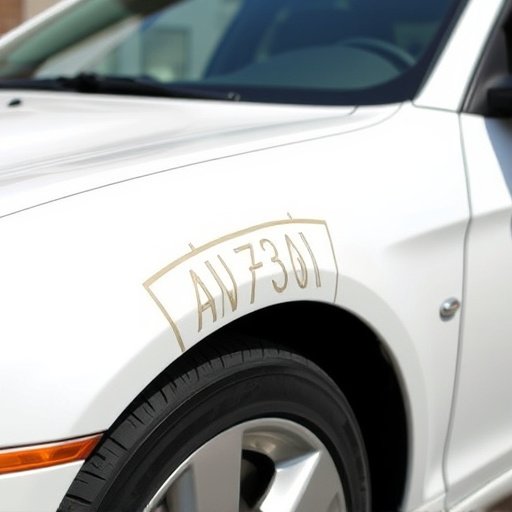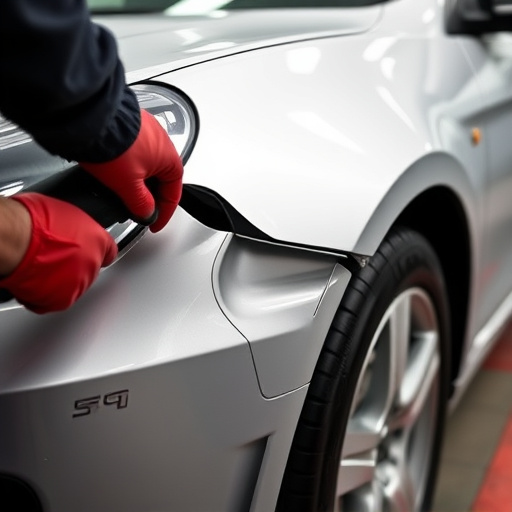The Mercedes air balance system, reliant on a cabin air filter and air balance module, requires regular maintenance. Improper filter replacement or installation can cause discomfort and strain the system. Symptoms of air balance issues include engine struggles during performance tasks or unusual noises from the engine bay. Core components to inspect include the cabin air inlet for blockages and the air mass sensor for debris or inaccurate readings. Regular checks and prompt attention to warning signs prevent damage and ensure optimal engine performance. For comprehensive Mercedes air balance solutions, professional body shop services with auto frame repair expertise are recommended.
Mercedes owners often encounter air balance issues after replacing their cabin filters, a common yet crucial maintenance task. This article delves into the intricate world of the Mercedes air balance system, explaining its components and functionality. We then guide you through identifying and troubleshooting these post-replacement problems, offering practical solutions to ensure your vehicle maintains optimal performance and comfort. Understanding the Mercedes air balance system is key to navigating potential issues effectively.
- Understanding Mercedes Air Balance System: Components and Functionality
- Identifying Air Balance Issues After Cabin Filter Replacement
- Troubleshooting and Resolving Mercedes Air Balance Problems
Understanding Mercedes Air Balance System: Components and Functionality

The Mercedes air balance system is a sophisticated network designed to maintain optimal air quality within the vehicle’s cabin. This intricate system encompasses several components working in harmony. At its core lies the cabin air filter, responsible for trapping pollutants and debris from the external air stream. Complementing this is the air balance module, a control unit that regulates airflow, ensuring a balanced distribution of clean air throughout the cabin. This module communicates with various sensors to monitor air quality, temperature, and pressure, adjusting vents and fans accordingly.
Proper functionality relies on regular maintenance and replacement of components, especially the cabin filter. However, issues can arise post-replacement if not handled correctly. For instance, a faulty installation or misalignment could disrupt the delicate balance of airflow, leading to discomfort for passengers and potential strain on the system. Therefore, when addressing Mercedes air balance issues, it’s crucial to engage professional body shop services that understand the intricacies of auto frame repair and can offer comprehensive solutions, ensuring your vehicle returns to its optimal state.
Identifying Air Balance Issues After Cabin Filter Replacement
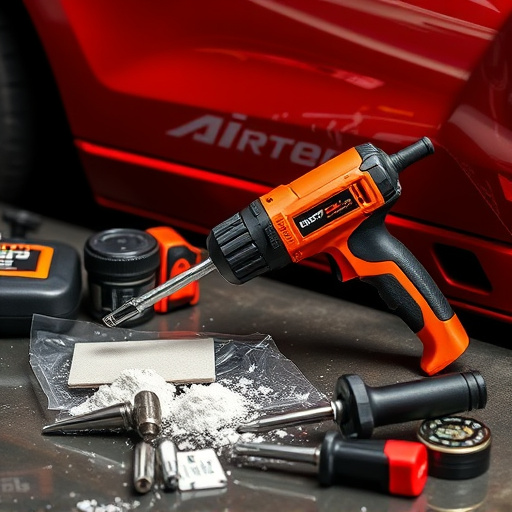
Identifying air balance issues after replacing a cabin filter in your Mercedes involves paying close attention to various symptoms. One of the primary indicators is a noticeable change in the vehicle’s performance, particularly during acceleration or when climbing hills. If the engine seems to struggle, hesitates, or experiences stuttering, it could be a sign that the air-fuel mixture is imbalanced. This imbalance can occur due to improper cabin filter replacement, leading to inadequate airflow or incorrect sensor readings within the Mercedes air balance system.
Additionally, unusual noises coming from the engine bay, such as whining or ticking sounds, may suggest an issue with air distribution. The auto body work experts at a reputable auto body shop or auto collision center often encounter cases where customers have replaced their cabin filters but failed to address subsequent air balance problems. Regular maintenance and timely identification of these issues are crucial to prevent further damage and ensure optimal engine performance.
Troubleshooting and Resolving Mercedes Air Balance Problems

When troubleshooting Mercedes air balance issues following a cabin filter replacement, it’s crucial to focus on the core components of the Mercedes air balance system. Start by inspecting the cabin air inlet and ensuring no blockages are present. Clogged or dirty inlets can restrict airflow, disrupting the delicate balance. Next, check the air mass sensor for any debris or incorrect readings; a faulty sensor might send inaccurate data to the engine control unit (ECU), leading to imbalances.
If the problem persists, consider the potential impact of other related auto repair services. Issues with the intake manifold or air distribution system could also contribute to the imbalance. Professional auto body painting and car dent repair are typically not direct solutions, but if damage is evident due to previous issues, these services might be necessary for a complete restoration. Regular maintenance and prompt attention to warning signs can help prevent such problems from escalating.
While replacing a cabin filter in your Mercedes is a routine maintenance task, it’s not uncommon to encounter air balance issues afterward. Understanding the intricate Mercedes air balance system and its components can help owners identify and resolve problems swiftly. By following the troubleshooting guide provided, you can ensure optimal air quality and performance within your vehicle. Remember, addressing air balance concerns promptly is key to maintaining the overall health of your Mercedes’ engine.
